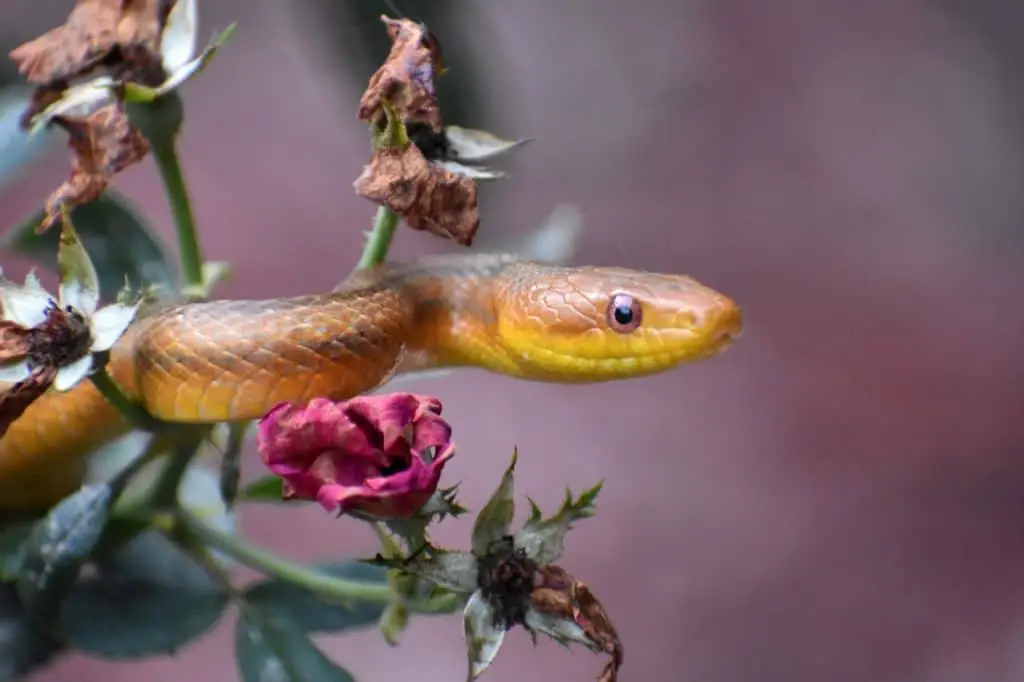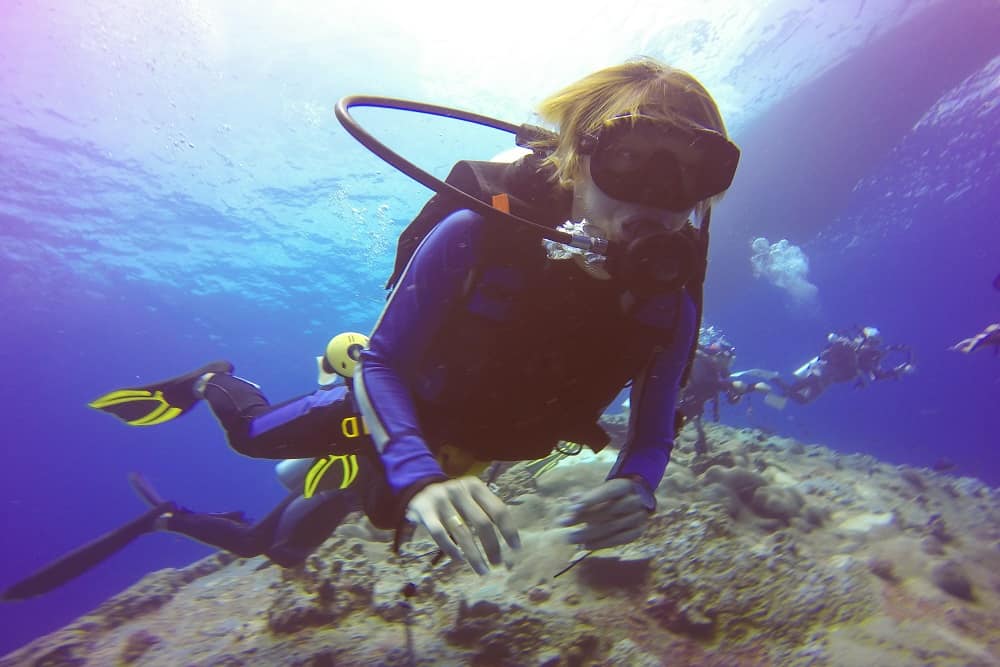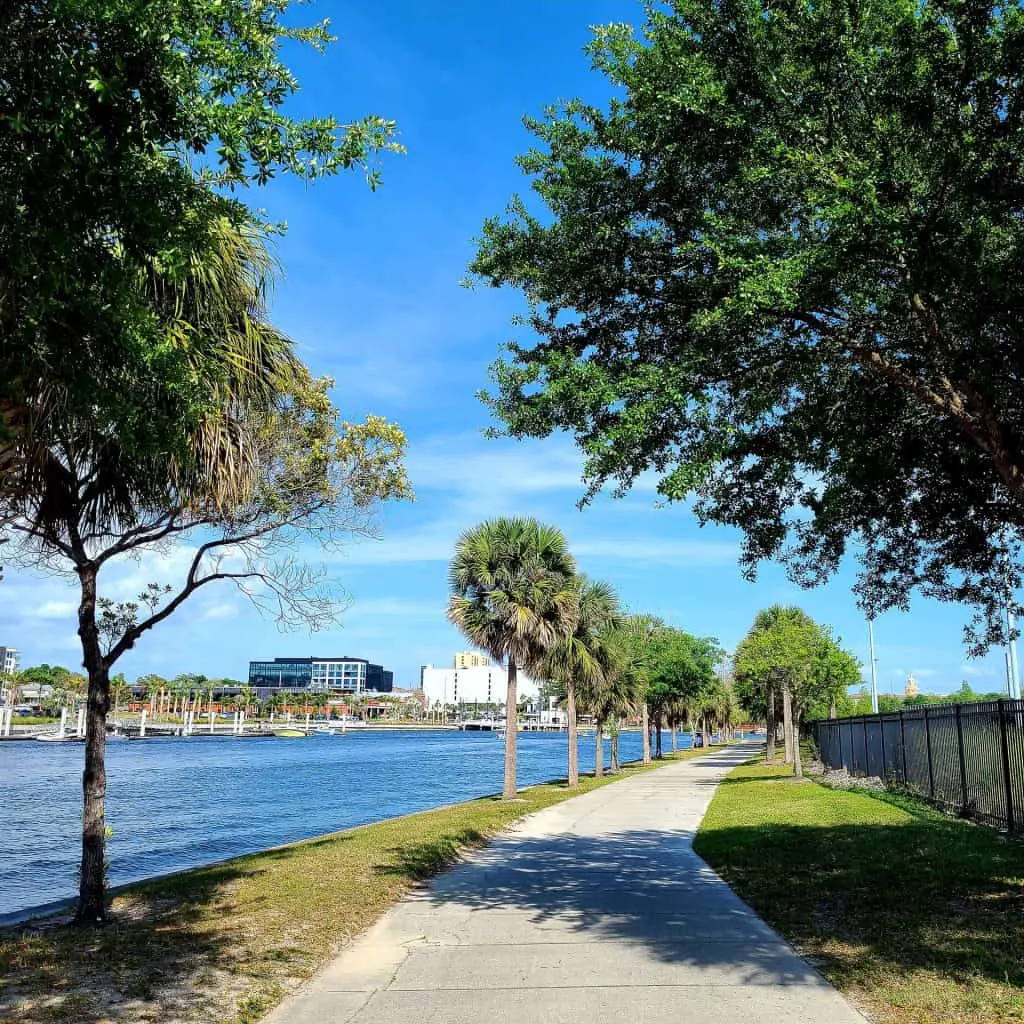Florida’s snakes play an imperative role in the environment, such as they assist in regulating rodents and amphibians and serve as prey for numerous native animals. So let’s move to know more about them.
What non-venomous snakes live in Florida?
There are about 50 species of native snakes in Florida, of which only six are venomous. The species I am going to discuss here are commonly encountered snakes found in parks, golf courses, yards, retention ponds, and sometimes entered in homes and garages. I have shared some non-venomous species of snakes that are mostly seen in Florida. Have a look at them.
Southern black racer:

This species of snake is also referred to as the Eastern Racer. The southern black racer is usually found in the rural and urban areas in the entire state. They have smooth black/ grey scales on their bellies and black with white necks and chin.
Racers are not dangerous to people and are agile, fast, and run away when contacted. But, if they feel threatened and surrounded, they can shake their tails hard, make a loud noise and release a malodorous musk on their captor.
Rat snake:

Rat snakes are commonly known as corn snakes. They are abundantly encountered in urban areas all through Florida. These snakes have orange and red spots on the back and sides on extremely patchy gray, tan, or pale orange backgrounds. Moreover, they have black and white checkers on their bellies.
They are usually found in garages and indoor bathrooms, where they enter through wall holes and or open pipes in ceilings.
Southern water snakes:
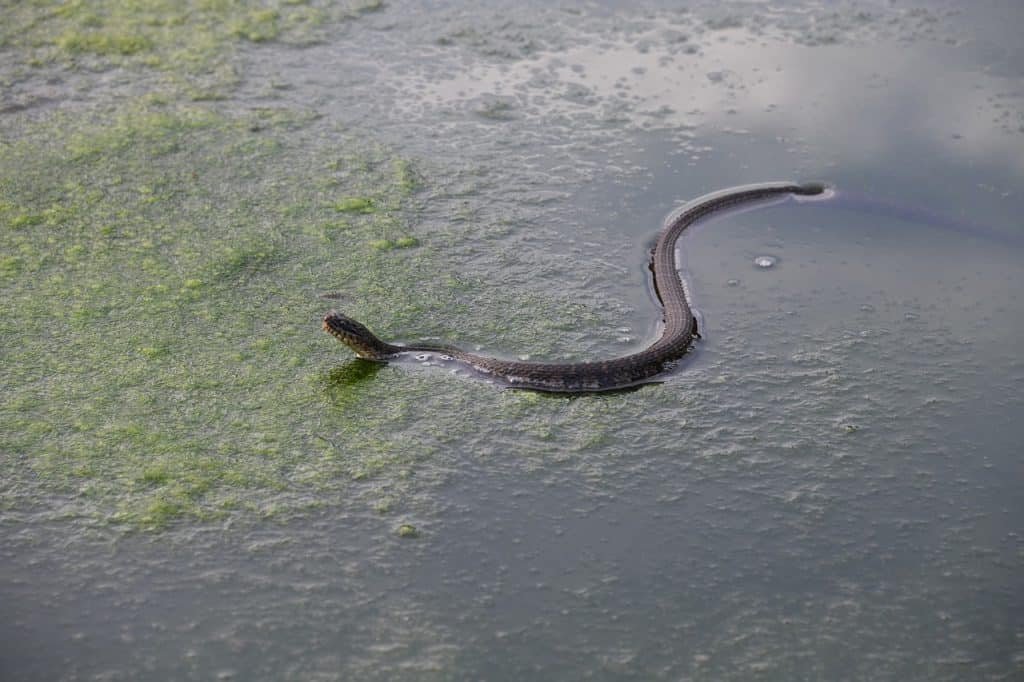
The southern water snakes are maybe the most commonly mistaken non-poisonous snake species; a lot of people often mystify them with the Cotton Mouth snake (venomous). They look rough, have nailed scales, and can be grown up to 5 feet long. This water snake has black crossbands on a light background.
Garter Snakes:
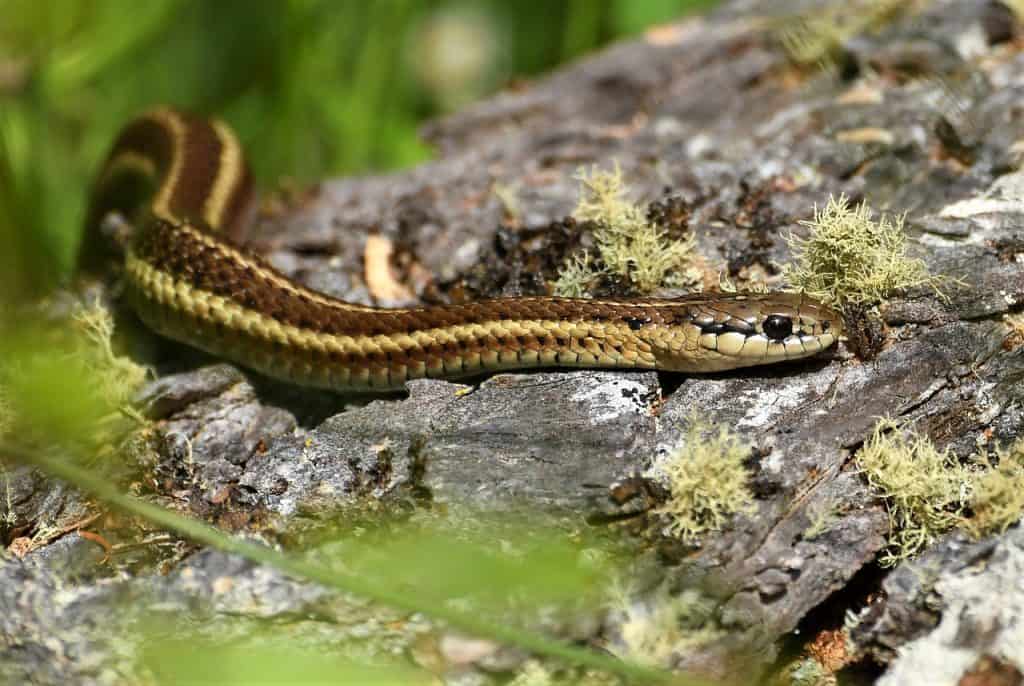
They are also found in urban areas of Florida. Garter snakes are small to medium-sized snakes raised 2 to 3 feet long and marked with three pale long lines, one along either side of the body and one blow the back. They mostly feed on small prey frogs, salamanders, and earthworms.
Florida Brown snake:
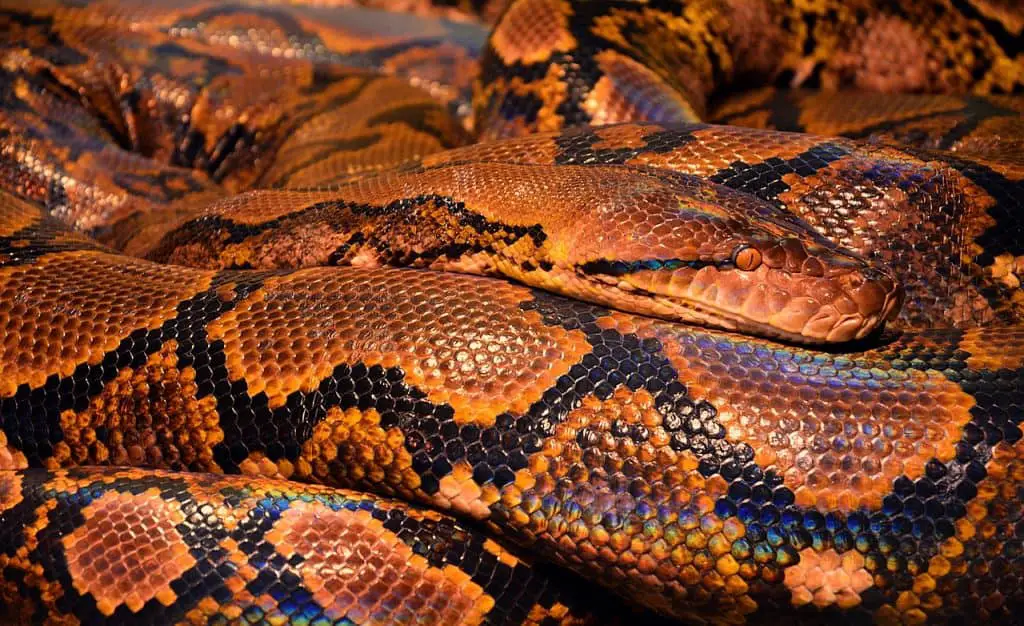
The Brown Snakes are one of the two species of brown snakes found in Florida. They can grow 10 to 12 inches. and typically yellowish gray, as their name suggests. Florida brown snakes have fade lines in the center of their backs and several tiny, dark spots on their back.
The Southern Ring Snake:

They are mostly found in urban Florida, where they are encountered in footpaths, leaf mulch or litters, and occasionally in homes. Sometimes, they are also go down into the pool and end in the skimmer’s bin.
Southern ring snakes are rarely more than 12 inches long and can be recognized by a prominent yellow or orange ring on the neck and a line of black spots below the center of a matching shiny belly.
Brahmani blind snake:
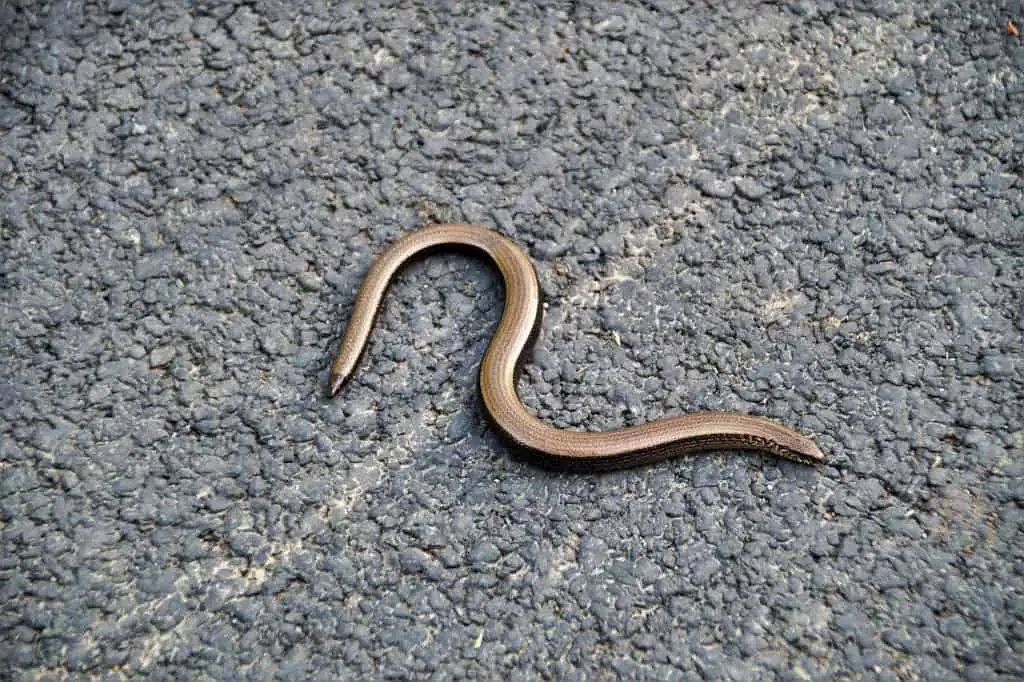
The Brahmani blind snakes belong to a tiny species of snakes and grow up to 2 to 6 inches. They are brownish-black in color. These insect-like snakes are mostly seen with invisible eyes and no distinctive head or tail.
What happens if a non-venomous snake bites you?
Numerous snakes are not poisonous (venomous) if they bite. So if you have a bite from a venomous snake, no worries, you will recover soon. A probable reaction to non-toxic bites is wound infection such as tetanus or retained tooth in the wound. They don’t transmit rabies.
In addition, the bite of all venomous snakes does not cause venom. More than 20% of moccasins and rattlesnake bites do not have any poison. Therefore, these so-called dry bits are more common with the bites of some elapids. These bites have the same reaction as a non-poisonous snake bite.
How do you know if a Florida snake is poisonous?
Identifying the venomous snake is quite tricky, but the following info will help you easily make them out.
Venomous snakes have triangular and broadheads. This may sound strange as most snakeheads appear the same; however, the dissimilarity in shape can be observed near the snake’s jaw. A poisonous snake has a bulb-like head with a thin neck because the sack of venom is under its jaw.
They have elliptical pupils. Instead of round eyes, venomous snakes have oval-shaped eyes that resemble cats.
Poisonous snake shakes or rattles its tail. For instance, if you see a snake moving its tail, try to move yourself away as it immediately warns that a rattlesnake may bite you. Usually, non-venomous snakes make loud noises by dragging their tails. The Western rat snake also referred to as the black rat snake, is an example of them.
They also have a heat-sensing pit. It sits among the eyes and noses of poisonous snakes. So it is not good to go too close to the snake to find this pit. It is mostly observed on vipers.
Venomous snakes behave especially: They act differently from one another. For instance, the harmless water snakes or cotton moths do different things when swimming. A harmless water snake swims with its head stabbing above the water surface. But, on the other hand, a venomous snake allows its whole body to swim with water.
How can you distinguish if a snake is non-venomous?
There are no general distinguishing features that differentiate poisonous snakes from non-poisonous snakes. But you must be aware of the endangered species of snakes in the area where they or loving or where they are planning to go.
If we talk about the non-venomous snake teethes, they are similar to the venomous species. Even in non-venomous snake bites, you should take extra care and observe for the infections. However, the bites of large non-venomous snakes can also be distressing. Such as some large python and boas can cause massive wounds that require instant medical attention.

